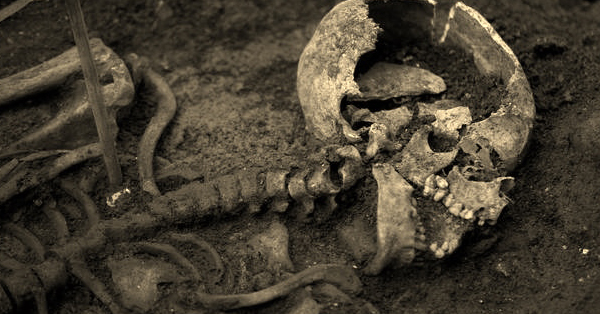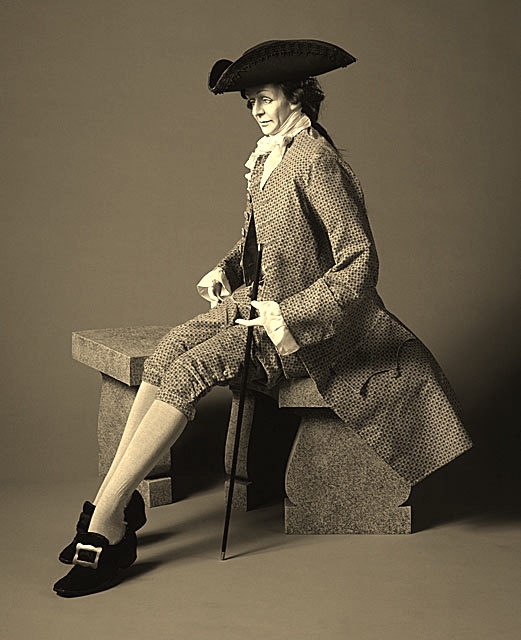
THE MAN IN GREY
It would seem that many thespians are reluctant to shuffle of this mortal coil and graciously pass over to the afterlife. Theatres in Bath York and Brighton all have their fair share of ghosts; Drury Lane is no exception.
Perhaps the famous phantom is known simply as the ‘Man in Grey’. Who he is, no one is sure. Nonetheless, his apparel suggests he may well have been an actor of some importance. He is said to cut a dashing figure, dressed in period attire of the late 18th century, wearing a long riding cape, sheathed sword and tricorn hat.

Despite the popular belief that ghosts only appear during the hours of darkness, this one always appears during the daylight hours. He has made his presence felt on numerous occasions being seen by actors and patrons alike. For some reason he always manifest himself in the upper circle appearing as a vague figure that is seen to drift rather than walk. From there he is said to make his way down the aisle and disappear through a wall.
It is frequently believed that spirits often linger in this life because they remain troubled or have some unfinished business to attend to. That could be the case with our foppish friend, particularly in the light of a startling discovery during the late Victorian era when alterations were being carried out at the theatre.
Workmen, carrying out work in the upper circle, reported that part of the main wall seemed to sound hollow. On demolishing it, to their amazement, a small room or part of a passage was revealed. However, a far more alarming discovery was afoot. Stepping through the rubble the workmen were astounded by what they saw. Amidst the dust and cobwebs lay a skeleton. Its macabre, gaping mouth fixed in a ghoulish expression of agony and suffering. More disturbing was the revelation of a cold steel dagger thrust between its ribs.

Although no tangible evidence exists, romantic theory abounds that a young actor had been mortally wounded in a brawl over girlfriend at the theatre. His body was then hastily walled up in the little passage, which he walked each night to see his sweetheart. Interestingly, the place where the gruesome discovery was made corresponds exactly with that part of the wall where the apparition is said to disappear.
The ghost is, however, widely believed to be a good omen. It appearance prior to a performance, and during the early days of a run, is said to forecast a play’s success. The ghost was reported to have been seen prior to the opening night of many a successful musical.
I like to think that the troubled spirit still returns in the forlorn hope of being reunited with his lover…but I’m just a romantic fool.
